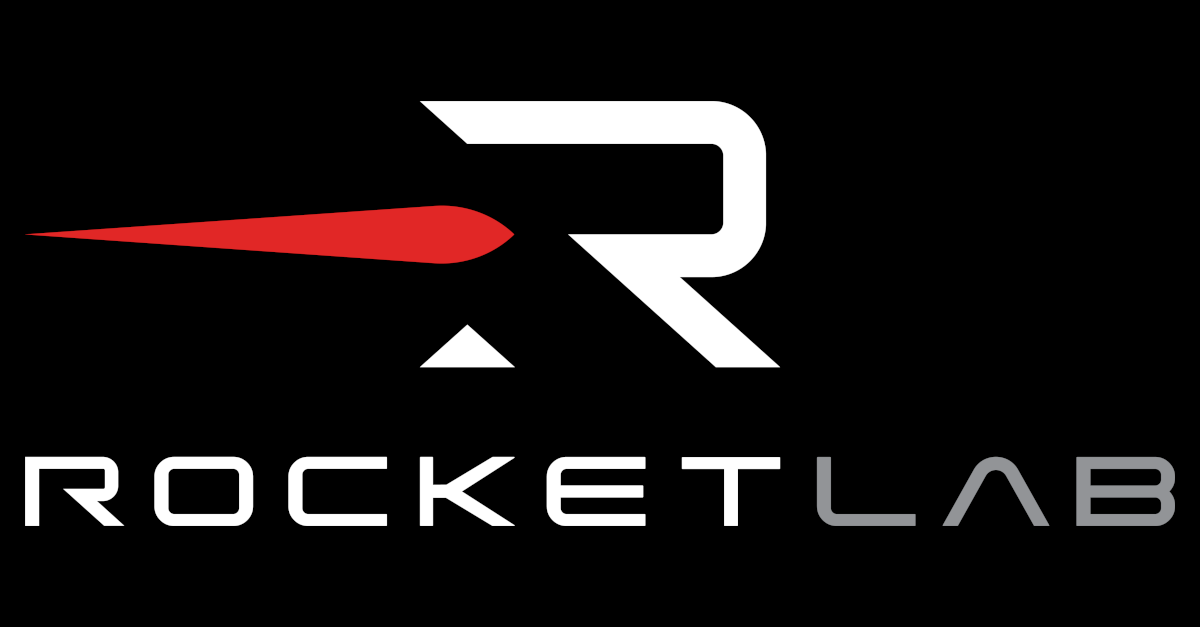Rocket Lab Sets Next Electron Launch Window, Provides Update on Anomaly Review
Rocket Lab USA, Inc. (Nasdaq: RKLB) (“Rocket Lab” or “the Company”), a global leader in launch services and space systems, announced it has set a return to launch window for its Electron launch vehicle.
Rocket Lab will return to the pad at Launch Complex 1 with a dedicated Electron mission for Japan-based Earth imaging company iQPS (Institute for Q-shu Pioneers of Space, Inc.) during a launch window which opens on November 28th, 2023 and extends into December.
The resumption of Electron launches comes as Rocket Lab approaches the conclusion of an extensive review into the cause of the anomaly that resulted in the loss of its 41st Electron mission launched on September 19th, 2023. The anomaly occurred after 20 consecutive successful orbital missions and 37 successful Electron missions overall for government and commercial satellite operators, with 171 satellites deployed to orbit.
The September 19th mission completed lift-off, clearance through Max Q, and stage separation between the rocket’s first and second stage. At 151 seconds into the mission, high voltage from the second stage’s power supply system anomalously fell sharply. In less than a second, the stage experienced a total loss of power and was unable to reach orbital velocity to deliver the mission’s payload, subsequently re-entering the atmosphere and ending the mission. In accordance with Rocket Lab’s safety protocols, public safety was not affected.
After more than seven weeks of extensive analysis of the mission’s manufacturing, test, and flight data, the findings of the investigation overwhelmingly indicate that an unexpected electrical arc occurred within the power supply system that provides high voltage to the Rutherford engine’s motor controllers, shorting the battery packs that provide power to the launch vehicle’s second stage.
Exhaustive testing and analysis to recreate this failure mode has led to the investigation team’s determination that the arc was likely only made possible by the rare interaction of multiple conditions. Any one of these factors on their own would likely not have caused the failure of the second stage, but when they occur simultaneously in the low-pressure environment of space, they reach the threshold dictated by Paschen’s Law for an arc to form and travel. Paschen's Law is an equation that breaks down the relationship between voltage, pressure environment, distance between electrodes, and presence of gas necessary for an electrical arc to form and travel.
Three rare conditions had to present simultaneously in the low-pressure space environment to reach the threshold for arcing under Paschen’s Law, including:
A superimposed alternating current (AC) with the direct current (DC) high-voltage electricity provided to the stage’s power supply system, that is produced as a ripple voltage from the system’s engine motor controllers;
A small concentration of helium and nitrogen gasses that were present within the interstage between Electron’s first and second stages; and
An imperceptible fault in the insulation of the high voltage loom within the power supply system.
These factors combined, including electricity in the presence of both helium and nitrogen, while under a partial pressure environment, unrestrained by a fault in the high voltage loom, and exacerbated by an alternating current, aligned at a point on the Paschen curve that allows an electrical arc to form and travel.
This highly complex set of conditions is extremely difficult to predict and test for on Earth, even in simulated space conditions. To ensure the fault does not present again, Rocket Lab is implementing two key corrective measures -- one designed to improve testing on the ground and another to eliminate the possibility of comparable arcs occurring in flight should similar faults evade the new enhanced testing process.
While pre-launch testing of the second stage’s power supply system already covers the full range of its operational parameters including pressure, ionization levels, and voltage, the enhanced test routine will now account for even harsher conditions than those experienced in space, including increasing test-to-flight margins and flight-representative voltage waveforms.
As an additional redundancy feature, Rocket Lab has modified Electron’s battery frame section which houses the high voltage power supply system to enable it to maintain optimum gaseous pressure from launch through to stage separation from Electron’s Kick Stage. Pressurizing this section significantly reduces the ability for arcs to form.
Rocket Lab founder and CEO Peter Beck said: "This is a highly complex, improbable, and evasive issue that the team has been relentless in investigating and fixing so we can put an even better vehicle back on the pad. We are grateful to our customers and the FAA for their continued support through this thorough investigation process. Thank you for your trust in our team. We look forward to returning to flight with corrective measures in place to provide the frequent and reliable access to orbit that the industry has come to depend on after 37 successful Electron missions."
Rocket Lab expects to formally close its anomaly investigation in the coming weeks. Rocket Lab has also already received authorization from the Federal Aviation Administration (FAA) to resume Electron launches from Launch Complex 1. Further details about the upcoming Electron launch will be shared closer to launch day.
